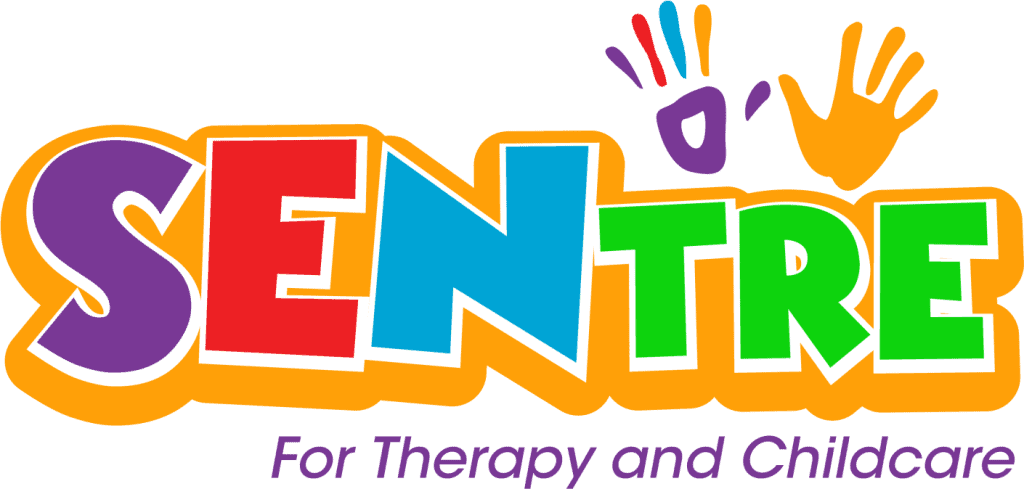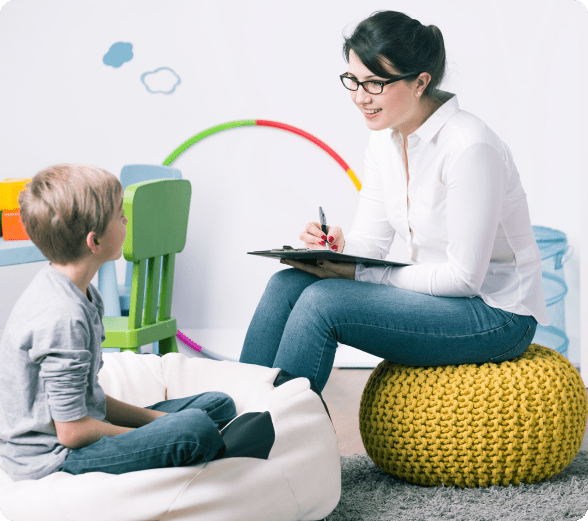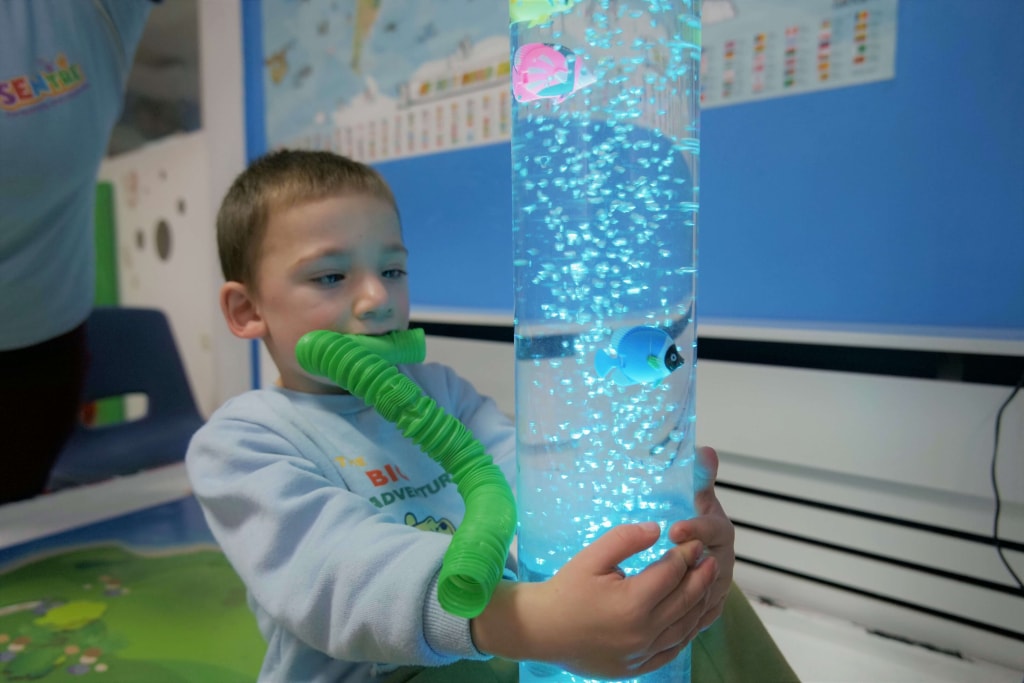Published 31 October 2023 by TheSentre
Five Top Toilet Training Tips to Support Non-Verbal Children with Autism
In any child’s formative years, there are many development milestones such as their first words, their first steps and their first solid foods, but one of the biggest challenges many children struggle with at first, is toilet training. As adults, it is a daily task that has become second nature and we can’t remember experiencing the learning process ourselves, so may not understand or realise how many factors there are that can make it difficult for children, including the following:

- Physical Development
Children’s bladder and bowel control isn’t fully developed until a certain age. The ability to recognise and hold in urine and movements until reaching a toilet is a complex coordination between the muscles, nerves and brain.
- Cognitive Development
Understanding the concept of using the toilet, recognising the sensation of needing to go and remembering the steps involved in the process is challenging for a young, underdeveloped mind.
- Emotional and Behavioural
The toilet can be an unfamiliar and even intimidating place for a child. Fear of the flushing sound, fear of falling in, the cold seat or just a general reluctance to change routine can all play a role. Some children may resist toilet training as a way of asserting independence or control.
- Communication Barriers
Younger children may not yet have the language skills to communicate the need to go or when they have had an accident.
- Environmental Factors
If a child’s environment isn’t conducive to toilet training, it can be more challenging for them. Examples would include a lack of training schedule, frequent changes to caregivers or frequent changes to living circumstance.
- Pressure and Expectations
If parents or caregivers place too much pressure on a child, or have unrealistic expectations, it can create anxiety and resistance to the process.
There can be many other factors that can affect the difficulty for children and toilet training autistic children can be especially complex, and even more so if they are non-verbal. The key to helping your child develop these skills lies in patience, understanding and the right strategy for your child as an individual. In this blog, we will explore our five top tips for toilet training your non-verbal autistic child.
Our Top 5 Tips
1. Establish Routine
Establishing a routine is beneficial for children in many ways but can be especially vital in toilet training autistic children due to the unique characteristics of autism, which can make them resistant to the process or struggle to understand or communicate. Many autistic children thrive on a predictability and consistency so introducing changes, including new learning or moving from the familiarity of nappies to underwear, can provoke resistance within the child.
A routine is crucial for children with autism as it provides them with a sense of structure they can learn and expect. This will reduce any overwhelming feelings of anxiety and lessen the fear of the unknown. A routine also offers repetition of a process which will help the child to recognise when they need to use the toilet and understand the process from start to finish.
Consistency is key, and maintaining the same routine at home, at school and in other environments will help the child to adapt.
2. Introduce a Visual Schedule for Toileting Steps
Visual aids can be a powerful tool for supporting the toilet training process for children with autism. Many children on the autism spectrum are visual learners, meaning they process and understand information better when it’s presented in a visual format. Show don’t tell.
Visual aids can break down information, such as the process of using the toilet, into simple and easy-to-understand steps. This is particularly helpful to children who may become overwhelmed by too much verbal instruction at once. A visual aid can also outline the sequence of steps involved in the task, much like a storyboard, from removing clothing to washing hands. Children can find remembering easier when they are imitating. Visual aids, such as colour coded step by step guides, and the use of timers can make the task more manageable for the child and help it become ingrained in their mind, so they can master this. It is also recommended to keep a copy of the visual aid in the bathroom so children can refer to it exactly when they need to.
3. Use Positive Reinforcement Strategies
Positive reinforcement is a cornerstone of many behavioural interventions, and it can be especially effective for toilet training an autistic child. The idea behind positive reinforcement is to offer a desirable stimulus or reward to increase the likelihood of a certain behaviour recurring. Motivation to understand and follow the behaviour is developed through the positive reinforcement method as the child is incentivised to repeat the behaviour if they have been rewarded for it previously. It also works to build confidence in the child as they become aware their actions are being validated, which can boost their self-esteem and grow their confidence in using the toilet.
This will create a positive association for the child which will make the overall process more enjoyable and less overwhelming, which in turn will lead to faster understanding and mastery of the task. As all children differ, it is very important to understand your child’s character and what rewards they would value highly, whether that is verbal praise, a small toy or a favourite activity to ensure the success of this method.
4. Consider Sensory Sensitivities
Sensory sensitivities can play a significant role in the challenges faced during toilet training autistic children. The act of using the toilet, and the bathroom environment, can present several sensory stimuli that may be overwhelming or distressing for an autistic child. Stimuli that can be easily overlooked by parents and caregivers could be as simple as the flush of the toilet or the cold of the toilet seat, but there are others to consider, including the texture of the toilet paper, the odours of the bathroom, the look of the bathroom, the sensation of water (either from washing hands or toilet splashing), the removal of clothing or even the fear of falling into the toilet and being flushed away.
Paying attention to your individual child is key to adjusting the environment to help them in the process. It could be small changes like buying softer toilet paper, using a lower powered light or warming the toilet seat before use, or it may need a redesign of your bathroom to remove the various smells from cleaning products and toiletries or redecoration to incorporate colours the child finds soothing.
5. Collaborate with Caregivers and Educators
Collaboration between caregivers and educators is essential for consistent toilet training of autistic children and is also key in toilet training an older child with autism. A coordinated approach ensures the child receives consistent information, explanation, techniques and positive reinforcement, which can promote faster learning and mastery of the skill.
As with many learning scenarios for children with autism, consistency in approach will often help the child to understand a lot faster, and when caregivers and educators adopt the same method, it is less likely to leave the child confused. This will also allow the different parties to share insights and progress reports, which allows the various parties to adjust their methods and strategies as the child becomes more familiar with the process, to ensure the child’s development continues.
In the same way, it is very important that all parties share any information about new obstacles or challenges that have become apparent, so the caregivers and educators can create a uniform plan to overcome them. It is also a huge benefit for the child to witness the same behaviours at school as they do at home to reinforce understanding of the correct methods.
How Can We Help You?
SENtre Parent Training
At SENtre, we have spent the last five years developing specialised training programs that aim to provide realistic advice to help parents understand and support their child’s development whilst maintaining a busy daily life. We offer online and face to face training sessions and keep everything in small and easy to digest chunks making it easier to understand and implement. For more information, please visit our parent training page by clicking on the link.
SENtre Online
Applied behaviour analysis (ABA) is a scientific approach to understanding and modifying behaviour through data-driven methods and is particularly well known for its effectiveness in people with autism. With our SENtre Online platform, parents can learn the theories and techniques of ABA to help them strategies their child’s development.
SENtre Therapies
Our SENtre therapies help children learn the new skills they will need in their daily lives, including helping them communicate, dress themselves, complete schoolwork, use the toilet and more. We use both autism behavioural and ABA therapies to achieve these goals.
If you would like to find out more information or would be keen to discover ideas you could implement in your autistic child’s development, then book a call with our friendly team at SENtre and let’s discuss your child’s needs.









